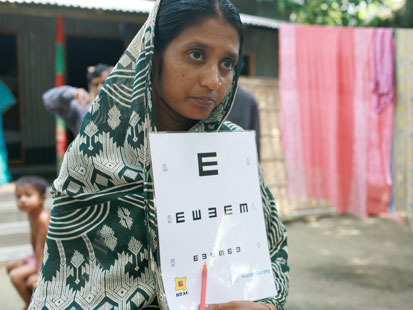What is needed to help people? The answer is money. Although fundraising is a decent method in generating revenue, ultimately, it isn’t the most efficient way. This is where social entrepreneurship comes in. By having capitalistic incentives, not-for-profit companies are able to provide social benefits for the community while generating a sustainable amount of revenue. This article explains the experience of Jordan Kassalow, an optometrist that had a revelation after he outfitted a boy with glasses. With half the world needing glasses, there is a great need for the distribution of this good. In a test, Kassalow used the basics of capitalism in the distribution of glasses; he used the profit motive in order to encourage the women in these developing nations to sell these glasses. In the test, a third of the women broke even, a third lost money, and a third made money. Although half the world needs glasses, this test shows why there aren’t many social entrepreneurs helping the people who need glasses; this market is not self-sustaining and it requires major investments from philanthropists. It really is a shame; Without glasses, many people can’t function to their maximum capacity and this creates an economic drain.
